Growing a survival garden is a wise step towards self-sufficiency and ensuring food security in times of emergencies.
To successfully plan and develop a survival garden, there are several essential considerations to keep in mind.
In this comprehensive guide, I will walk you through the key steps and provide valuable tips for planning a survival garden that can sustain you and your family.
Key Takeaways:
- Plan your survival garden carefully, considering plant selection, garden layout, and resource management.
- Understand the purpose of a survival garden – to grow enough food for your family’s survival without relying on external sources.
- Benefits of a survival garden include self-sufficiency, access to fresh and healthy food, reduced environmental impact, and the ability to share abundance with others.
- Set attainable goals based on your gardening knowledge, available resources, and time commitment.
- Conduct thorough research on organic gardening, food preservation, and seed saving methods before starting your survival garden.
Table of Contents
What Is a Survival Garden?
A survival garden is a specially designed garden that serves the purpose of producing enough food to sustain a family during emergencies or disasters.
The primary objective of a survival garden is to ensure self-sufficiency by relying on homegrown crops instead of external food sources.
It is a proactive step towards food security, providing the means to produce fresh and nutritious food to meet the family’s needs.
Survival gardens typically consist of a variety of vegetables, fruits, and herbs that are carefully selected to meet the calorie and nutrient requirements of the family.
The garden layout is strategically planned to optimize space and maximize productivity.
Factors such as seed saving, cold weather crops, and food preservation techniques are considered to ensure the availability of food throughout the year.
A survival garden serves as a self-reliant solution in times of crisis, enabling families to provide for themselves and reduce dependence on external food supplies.
It promotes resilience, sustainability, and the peace of mind that comes with knowing there is a reliable source of food readily available.
Essential Considerations for a Survival Garden
| Factors | Description |
|---|---|
| Plant Selection | Choosing a diverse range of crops that provide essential nutrients and can be preserved for long-term storage. |
| Garden Layout | Designing the garden layout to maximize space, promote efficient irrigation, and allow for easy harvesting and maintenance. |
| Resource Management | Implementing practices such as water management, organic gardening, and composting to optimize resource utilization. |
| Maintenance and Preservation | Regularly maintaining the garden, implementing weed and pest control measures, and preserving the harvested produce for long-term use. |
Having a survival garden is not only a practical measure for emergencies but also offers a sense of empowerment and connection to nature.
It allows individuals and families to take control of their food supply, cultivate sustainable gardening practices, and reduce their environmental impact.
By producing enough food for survival, a survival garden ensures a reliable source of fresh and healthy food, contributing to overall well-being and resilience in challenging times.
Benefits of a Survival Garden
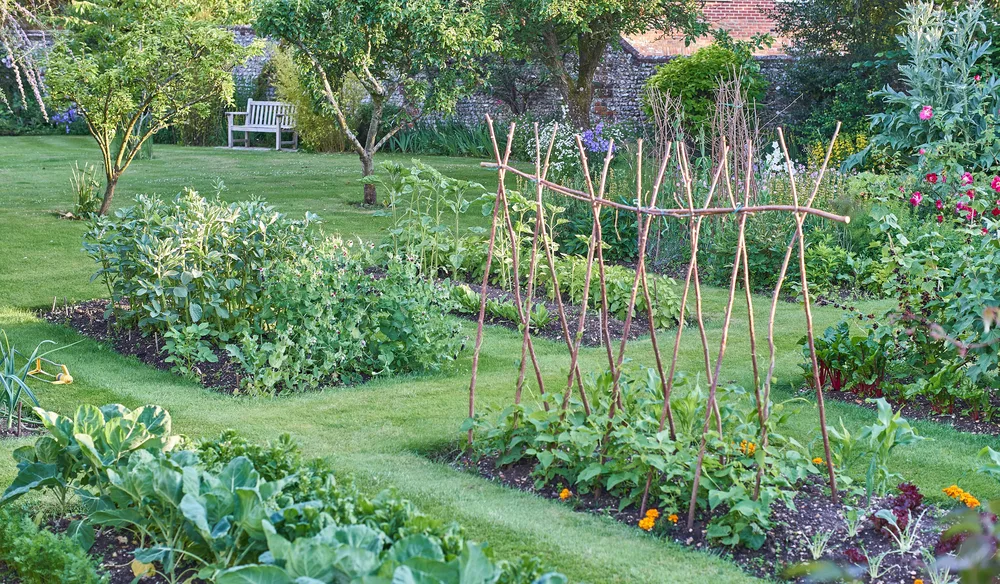
A survival garden offers numerous benefits that contribute to self-sufficiency, the production of fresh and healthy food, reduced environmental impact, and the opportunity to share abundance with others.
One of the primary advantages of a survival garden is the ability to provide a constant source of fresh and nutritious food for you and your family.
By growing your own fruits, vegetables, and herbs, you can ensure that you have access to high-quality produce, even during times of emergencies or food shortages.
Furthermore, cultivating your survival garden allows you to reduce reliance on industrial food production systems that often involve the use of harmful pesticides, genetically modified organisms, and long-distance transportation.
By growing your own food, you have control over the cultivation methods, ensuring that you and your family are consuming fresh, organic, and chemical-free produce.
Promoting self-sufficiency
Having a survival garden promotes self-sufficiency by empowering individuals and families to take control of their food supply.
By producing a significant portion of your food, you become less dependent on external sources for sustenance.
This sense of self-reliance can provide peace of mind and create a greater sense of security in uncertain times.
In addition to self-sufficiency, a survival garden also contributes to a reduced environmental impact.
By growing your own food, you can minimize the carbon footprint associated with large-scale agriculture and reduce the need for long-distance transportation. Additionally, practices such as composting and organic gardening help conserve resources, improve soil health, and promote a sustainable ecosystem within your garden.
Sharing abundance
A survival garden can also cultivate a sense of community and generosity by allowing you to share the abundance of your harvest with others.
As your garden thrives, you may have a surplus of produce that can be shared with friends, neighbors, and community members in need.
This not only strengthens community bonds but also extends the benefits of self-sufficiency and healthy eating to those around you.
In conclusion, a survival garden offers a multitude of benefits, including self-sufficiency, access to fresh and healthy food, reduced environmental impact, and the opportunity to share abundance with others.
By establishing and maintaining a survival garden, you can take proactive steps towards ensuring long-term food security for yourself and your loved ones.
Setting Attainable Goals
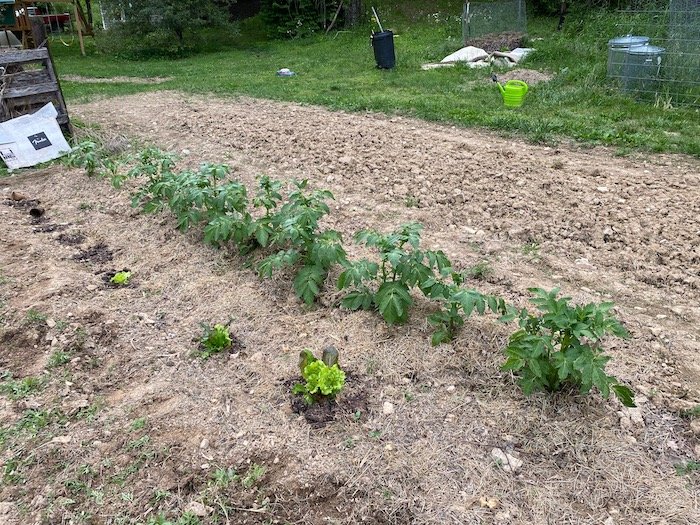
When planning a survival garden, it is important to set realistic goals that take into consideration your available time and resources.
Setting attainable goals will help you stay focused and motivated throughout the process. Here are some key considerations for setting goals:
Percentage of Food to Grow
Decide on the percentage of food you want to grow in your survival garden.
This will depend on factors such as the size of your family, dietary needs, and available space. Setting a realistic target will ensure that you can meet your food requirements without overwhelming yourself.
Time Commitment
Consider how much time you can dedicate to your garden on a regular basis.
Be honest with yourself about your availability and choose crops and gardening methods that align with your schedule.
Starting small and gradually expanding as you gain experience is a great approach for beginners.
Available Resources
Assess the resources you have available for your survival garden, such as land, water, tools, and supplies.
Consider the cost and availability of seeds, compost, and other materials. By taking stock of your resources, you can plan accordingly and avoid any unnecessary expenses or limitations.
Realistic Planning
It is important to be realistic in your planning to avoid getting overwhelmed or discouraged.
Start small and gradually increase the size and complexity of your garden as you gain confidence and experience.
Break down your goals into manageable tasks and set achievable milestones along the way.
Remember, every small step towards self-sufficiency is a step in the right direction.
| Goal | Considerations |
|---|---|
| Percentage of Food to Grow | Based on family size, dietary needs, and available space |
| Time Commitment | Honest assessment of available time for gardening |
| Available Resources | Evaluation of land, water, tools, and supplies |
| Realistic Planning | Starting small, setting achievable tasks and milestones |
Research and Preparation
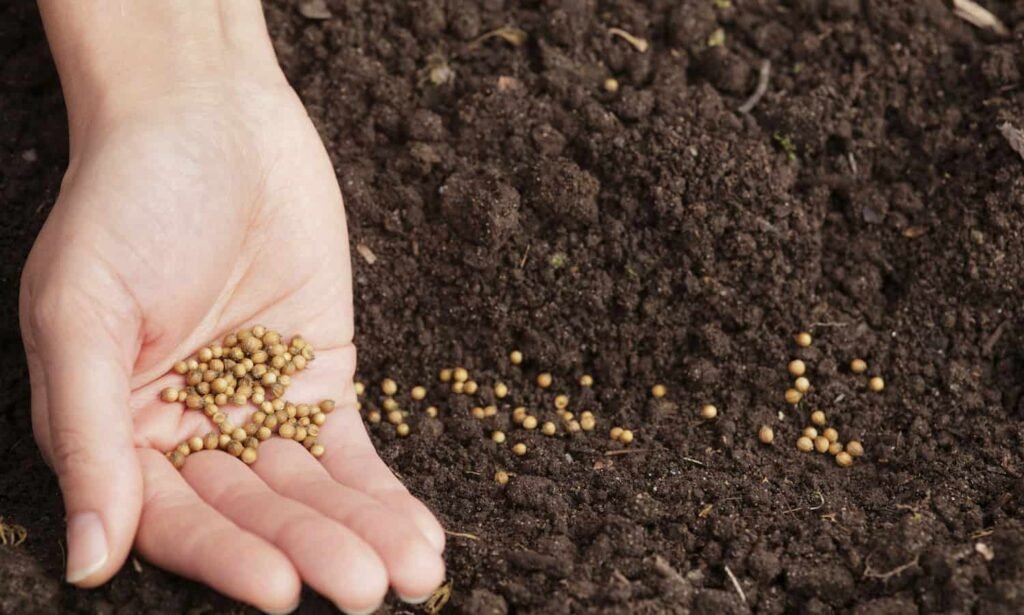
Before embarking on the journey of creating a survival garden, thorough research and preparation are essential. Conducting research will equip you with the knowledge and skills needed to ensure the success of your garden. Here are some key areas to focus on:
Organic Gardening
One important aspect of research is learning about organic gardening practices.
Organic gardening eliminates the use of synthetic fertilizers, pesticides, and genetically modified organisms. Instead, it focuses on natural methods to promote soil fertility, pest control, and plant health.
Explore techniques such as companion planting, crop rotation, and using organic amendments to improve the quality of your soil and create a healthy growing environment for your plants.
Food Preservation
Another vital aspect to consider is food preservation.
During times of emergencies or disasters, it is crucial to have a plan for preserving the surplus produce from your survival garden.
Research various food preservation methods like canning, freezing, drying, and fermenting. Each method has its own advantages and is suitable for different types of crops.
By learning these techniques, you can ensure that your hard-earned harvest lasts long after the growing season ends.
Seed Saving
Seed saving is an important skill to develop in order to maintain a sustainable survival garden.
By saving seeds from your own crops, you can reduce reliance on external seed sources and preserve heirloom varieties.
Research different seed saving methods for various types of plants, ensuring that you understand the proper techniques for harvesting, cleaning, and storing seeds.
This not only allows you to have a continuous supply of seeds for future plantings but also helps in preserving biodiversity and adapting to local growing conditions.
| Research Topics | Benefits |
|---|---|
| Organic Gardening | Promotes soil health, eliminates harmful chemicals, and produces healthier and more flavorful food. |
| Food Preservation | Preserves surplus produce, extends the shelf life of food, and ensures a constant food supply. |
| Seed Saving | Reduces reliance on external seed sources, preserves heirloom varieties, and promotes biodiversity. |
Determining Size and Location
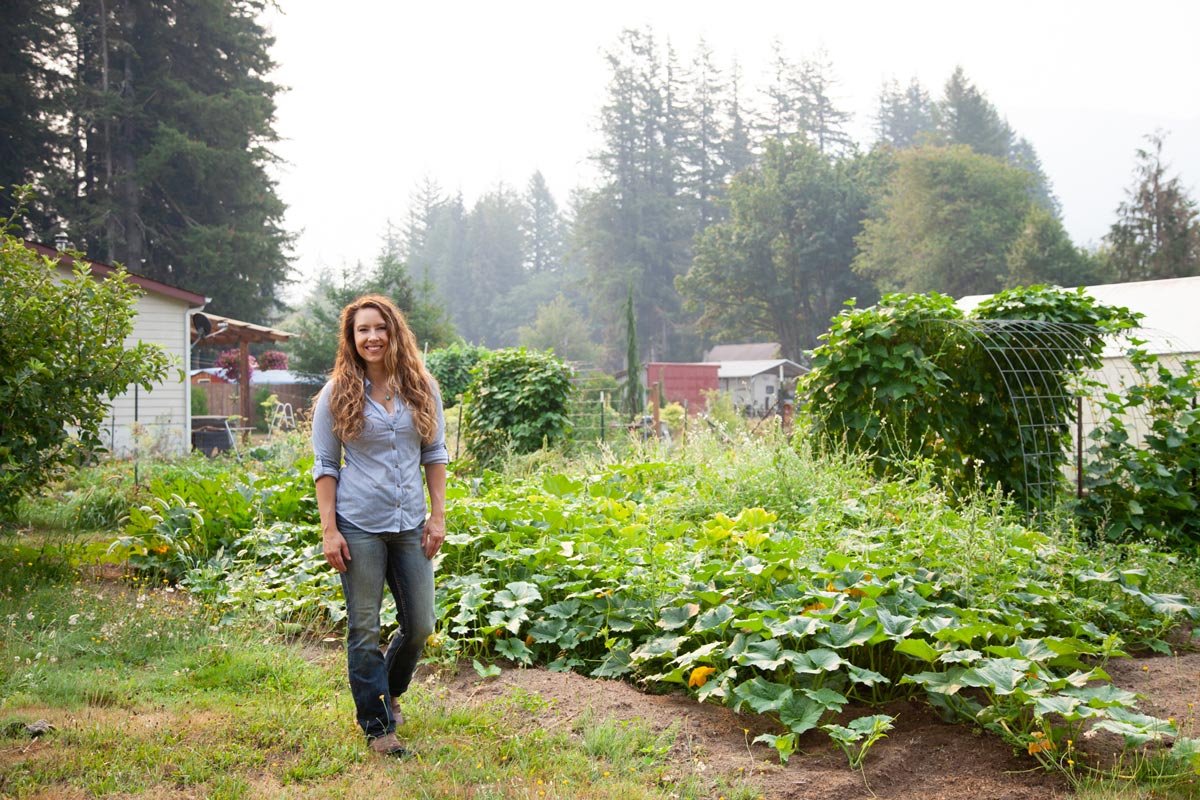
Determining the size and location of your survival garden is a critical step in the planning process.
It is important to assess the available space and choose a suitable location to maximize productivity and ensure the success of your garden. Here are some key considerations:
- Assess Available Space: Start by evaluating the available space in your yard or property. Measure the area and consider any limitations such as slopes, shade, or obstructions that may impact the garden’s growth.
- Choose the Right Location: Select a location that receives at least six hours of direct sunlight per day. Sunlight is essential for plant growth and productivity. Additionally, make sure the location has well-draining soil to prevent waterlogging and root rot.
- Determine Garden Size: The size of your survival garden will depend on various factors such as the number of family members, caloric needs, and preferred crops. A good rule of thumb is to aim for a garden that can produce enough food to meet a significant portion of your family’s dietary requirements.
- Consider Alternative Gardening Methods: If space is limited, consider alternative gardening methods like container gardening or utilizing neighbors’ yards. These methods can help you maximize productivity in small spaces and make the most of available resources.
By carefully determining the size and location of your survival garden, you can ensure that it is well-suited to meet your family’s food needs and maximize productivity.
| Factors to Consider | Guidelines |
|---|---|
| Available Space | Evaluate the area and consider any limitations such as slopes, shade, or obstructions. |
| Location | Choose a location that receives at least six hours of direct sunlight per day and has well-draining soil. |
| Garden Size | Determine the size based on the number of family members, caloric needs, and preferred crops. |
| Alternative Gardening Methods | Consider container gardening or utilizing neighbors’ yards if space is limited. |
Survival Garden Size Calculator
Plant Spacing Information
| Vegetable | Plants Needed Per Person Per Week | Space Per Plant (square feet) |
|---|---|---|
| Carrots | 14 | 0.5 |
| Broccoli | 2 | 2 |
| Sweet Peppers | 7 | 1 |
| Sweet Potatoes | 7 | 1.5 |
| Corn | 7 | 1 |
| Potatoes | 7 | 1 |
| Tomatoes | 7 | 4 |
Selecting Plants for a Survival Garden
When planning a survival garden, selecting the right plants is crucial for a successful and sustainable harvest.
By choosing a variety of essential crops, including annuals and perennials, cold weather crops, and food storage crops, you can ensure a well-rounded garden that provides for your family’s nutritional needs.
Essential Crops
An essential crop refers to a plant that provides a balance of calories, nutrients, and dietary needs.
These crops are typically high-yielding and versatile, making them valuable additions to a survival garden.
Some examples of essential crops include:
- Tomatoes: Rich in vitamins A and C, tomatoes are versatile and can be eaten fresh, canned, or made into sauces.
- Lettuce and Greens: Leafy greens like lettuce, spinach, and kale are packed with essential nutrients and can be harvested throughout the growing season.
- Beans: Both bush and pole beans are excellent sources of protein and can be dried for long-term storage.
- Peppers: Bell peppers and chili peppers add flavor and nutrients to meals and can be preserved by freezing or pickling.
- Herbs: Culinary herbs like basil, oregano, and thyme not only enhance the taste of dishes but also have medicinal properties.
Annuals and Perennials
In addition to essential crops, it’s important to include a mix of annuals and perennials in your survival garden.
Annuals complete their life cycle within one growing season, while perennials regrow year after year.
This combination maximizes productivity and reduces the effort required for replanting each year.
Some common annuals and perennials for a survival garden include:
- Annuals: Corn, cucumbers, zucchini, and squash are prolific annual crops that yield abundant harvests.
- Perennials: Asparagus, rhubarb, and strawberries are perennial crops that require minimal maintenance and provide long-lasting yields.
Cold Weather Crops and Food Storage Crops
When planning your survival garden, consider including cold weather crops that can extend the growing season and provide fresh produce in cooler months.
These crops are tolerant of lower temperatures and can withstand some frost.
Examples of cold weather crops include:
- Root vegetables: Carrots, beets, and radishes are cold-hardy crops that can be harvested well into the fall.
- Leafy greens: Swiss chard, kale, and arugula are cold-tolerant greens that thrive in cooler temperatures.
Food storage crops are also essential for long-term self-sufficiency.
These crops can be easily preserved for extended periods, allowing you to enjoy homegrown produce throughout the year.
Examples of food storage crops include:
- Potatoes: Potatoes can be stored in a cool, dry place for several months.
- Sweet potatoes: Sweet potatoes have a longer shelf life and can be stored for up to a year.
- Onions and garlic: Both onions and garlic can be dried and stored for months, providing flavor and nutrients to dishes.
| Essential Crops | Annuals and Perennials | Cold Weather Crops | Food Storage Crops |
|---|---|---|---|
| Tomatoes | Corn | Root Vegetables | Potatoes |
| Lettuce and Greens | Cucumbers | Leafy Greens | Sweet Potatoes |
| Beans | Zucchini and Squash | – | Onions and Garlic |
| Peppers | – | – | – |
| Herbs | – | – | – |
Garden Layout and Design

When it comes to planning the layout of your survival garden, efficient use of space is key.
By maximizing your available area, you can optimize food production and create a productive and sustainable garden.
One popular technique for efficient gardening is square foot gardening, which involves dividing your garden space into small, manageable sections. This method not only helps you make the most of limited space but also makes it easier to maintain and harvest your crops.
Companion planting is another strategy that can enhance the layout and productivity of your survival garden.
By planting complementary crops together, you can naturally repel pests, boost pollination, and improve overall garden health.
For example, planting marigolds alongside tomatoes can help deter harmful insects, while growing basil near lettuce can enhance its flavor.
Example of Companion Planting:
| Companion Plant | Companion Plant |
|---|---|
| Lettuce | Basil |
| Tomatoes | Marigolds |
| Carrots | Onions |
In addition to square foot gardening and companion planting, consider the overall design of your garden layout.
Make sure pathways are wide enough for easy access and maneuverability. Place taller plants at the north end of your garden to avoid shading smaller plants.
You can also utilize trellises or vertical gardening techniques to maximize space utilization for climbing plants like beans or cucumbers.
By carefully planning and designing your garden layout, you can ensure efficient use of space, promote plant health, and create a visually appealing and productive survival garden.
Resource Management

Efficient resource management plays a crucial role in ensuring the success and productivity of a survival garden.
By implementing various strategies, gardeners can effectively manage water usage, promote organic practices, maintain soil health, and utilize composting to enhance the overall sustainability of their garden.
Water Management
Conserving water is essential in a survival garden, particularly during times of drought or water scarcity.
Implementing water management practices such as drip irrigation or rainwater harvesting can minimize water usage while ensuring that plants receive adequate moisture. Drip irrigation systems deliver water directly to the plant’s root zone, reducing evaporation and runoff.
Additionally, collecting rainwater in barrels or cisterns can provide a free and sustainable water source for the garden.
Organic Practices
Practicing organic gardening techniques is not only beneficial for the environment but also promotes the overall health of the garden and the food it produces.
Avoiding the use of synthetic pesticides and fertilizers prevents soil and water pollution, while encouraging natural pest control methods and beneficial insect populations.
By using organic amendments such as compost and natural fertilizers, gardeners can improve soil fertility and nutrient availability, resulting in healthier plants and higher yields.
Soil Health and Composting
Maintaining soil health is essential for long-term garden productivity.
Regularly testing the soil for pH levels and nutrient content can help gardeners determine any deficiencies and adjust the soil accordingly.
Additionally, implementing composting practices can provide a rich source of organic matter and nutrients for the soil.
Compost can be made from kitchen scraps, yard waste, and other organic materials, reducing the amount of waste sent to landfills and improving soil structure, moisture retention, and nutrient cycling.
| Water Management Strategies | Benefits |
|---|---|
| Drip irrigation | Minimizes water usage and delivers water directly to plant roots |
| Rainwater harvesting | Provides a sustainable water source for the garden |
Maintenance and Preservation

Maintaining and preserving your survival garden is crucial for long-term success and food security.
By implementing proper garden maintenance practices, weed and pest control measures, and efficient harvesting and food preservation techniques, you can ensure the health and productivity of your garden.
Garden Maintenance: Regular maintenance is essential for the overall well-being of your garden.
This includes tasks such as watering, fertilizing, and pruning. Keep a schedule for these activities to ensure consistency and optimal plant growth.
Regularly inspect your plants for signs of pests, diseases, or nutrient deficiencies, and take appropriate action to address any issues promptly.
Weed and Pest Control: Weeds can compete with your plants for resources and hinder their growth. Regularly remove weeds by hand or use organic weed control methods such as mulching or hoeing. Implement integrated pest management techniques to control pests effectively.
This may include using natural pest repellents, companion planting, or introducing beneficial insects that prey on harmful pests.
Harvesting and Food Preservation: Harvest your crops when they are at their peak ripeness to ensure optimal flavor and nutrient content. Different crops have different harvesting requirements, so familiarize yourself with the specific guidelines for each plant.
Once harvested, explore various food preservation methods such as canning, freezing, drying, or fermenting to store the excess produce and extend its shelf life.
Tips for Maintenance and Preservation:
- Keep a garden journal to track maintenance tasks, harvest dates, and pest control measures.
- Regularly inspect your plants for signs of pests or diseases and take immediate action to prevent any outbreaks.
- Implement natural pest control methods such as introducing beneficial insects or using companion planting strategies.
- Follow proper harvesting techniques to ensure the best flavor and nutritional value in your crops.
- Experiment with different food preservation methods to find the ones that work best for your produce.
- Common Garden Pests and Natural Control Methods
| Pest | Natural Control Methods |
|---|---|
| Aphids | Attract ladybugs or lacewings, spray with a mixture of water and soap |
| Slugs and Snails | Place copper tape around plantings, set up beer traps, sprinkle diatomaceous earth |
| Cabbage Worms | Handpick and remove, attract beneficial wasps or parasitic nematodes |
| Tomato Hornworms | Handpick and remove, attract beneficial insects like Braconid wasps or green lacewings |
| Squash Bugs | Handpick and remove, trap them under boards or cardboard and dispose |
Conclusion
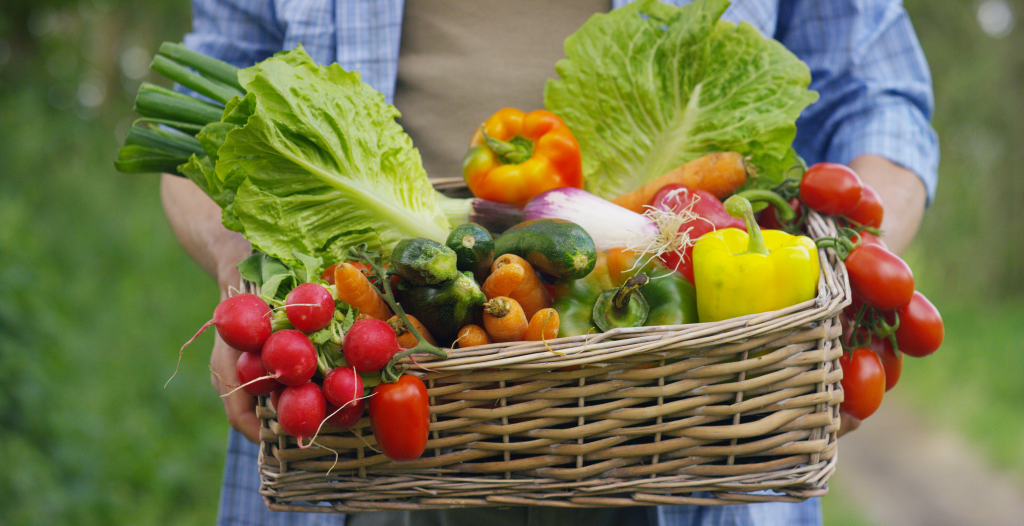
As I wrap up this guide on planning a survival garden, it’s clear that the benefits of self-sufficiency and long-term food security are undeniable.
By implementing sustainable gardening practices, we can take control of our food production and reduce our reliance on external sources.
Remember, starting small and gradually expanding your garden is key to success.
Take the time to research and prepare, gathering valuable insights from experienced gardeners and educational resources.
By determining the size and location of your garden, selecting the right plants, and designing an efficient garden layout, you can optimize space and maximize productivity.
Resource management is crucial for maintaining a thriving survival garden. Implement water-saving techniques, practice organic gardening methods, and harness the power of composting to nourish your soil naturally.
Regular maintenance, including weed and pest control, as well as proper harvesting and food preservation practices, will ensure you enjoy the fruits of your labor for months to come.
In conclusion, planning a survival garden is not only about growing food, but it’s also a journey towards self-sufficiency and a more sustainable lifestyle.
By following the steps and considerations outlined in this guide, you can create a thriving and resilient garden that will provide you and your loved ones with nourishment and peace of mind for years to come.
FAQ
What is a survival garden?
A survival garden is a garden that is specifically designed to provide enough food and nutrients for a family to survive during times of emergencies or disasters. It is meant to sustain the family without relying on external food sources.
What are the benefits of a survival garden?
A survival garden promotes self-sufficiency, provides fresh and healthy food, reduces reliance on industrial food production systems, reduces carbon footprint, conserves water resources, provides habitat for pollinators and wildlife, and allows for sharing with others.
How do I set attainable goals for my survival garden?
Consider factors such as the percentage of food you want to grow, the amount of time you can dedicate to gardening, and the resources you have available. Start small and gradually expand your garden as you gain experience and confidence.
What research and preparation should I do before starting a survival garden?
Conduct thorough research on organic gardening practices, food preservation techniques, and seed saving methods. Read books, articles, and attend workshops or classes. Reach out to experienced gardeners for insights and recommendations.
How do I determine the size and location of my survival garden?
The garden should be large enough to produce sufficient food for your family. Consider factors such as the number of family members, caloric needs, and preferred crops. Choose a location with at least six hours of direct sunlight per day and well-draining soil.
What plants should I select for my survival garden?
Choose a variety of essential crops that provide a balance of calories, nutrients, and dietary needs. Include a mix of annuals and perennials, cold weather crops, and food storage crops that can be easily preserved.
How should I plan the layout and design of my survival garden?
Consider techniques like square foot gardening and companion planting to maximize yields and deter pests. Create a layout that optimizes space, promotes efficient irrigation and pest management, and allows for easy harvesting and maintenance.
How can I efficiently manage resources in my survival garden?
Implement water management practices like drip irrigation or rainwater harvesting. Practice organic gardening techniques to maintain soil health. Compost kitchen scraps and garden waste to provide natural fertilizers.
What maintenance and preservation tasks are important for a survival garden?
Implement weed and pest control measures, address issues promptly, and harvest produce at the right time. Explore various food preservation methods like canning, freezing, drying, and fermenting to store excess produce.
Why is planning a survival garden important?
Planning a survival garden is crucial for self-sufficiency and long-term food security. By considering factors like plant selection, garden layout, resource management, and preservation techniques, you can create a sustainable and productive garden.

